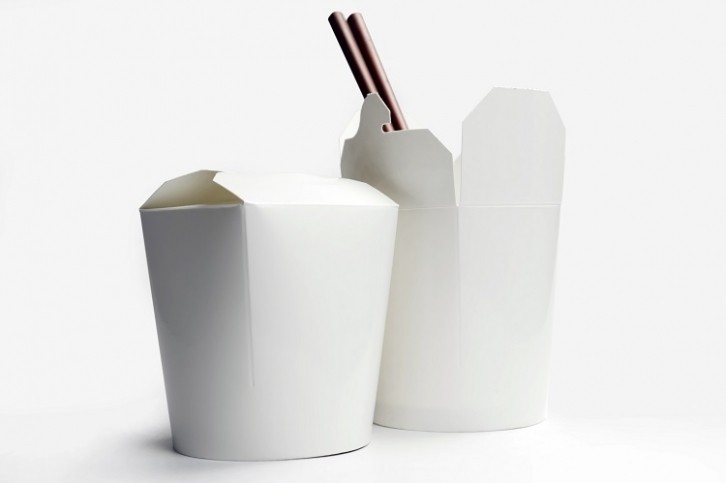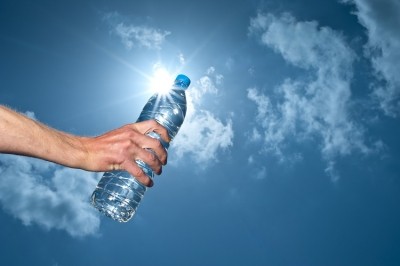Paper packaging coating aims to mirror properties of plastic . . . without plastic

Plastic, despite its contribution to vast levels of waste in landfill, oceans and on the beaches of Senegal, is a very useful material. Light, resilient and easy to mould into different shapes, there is no wonder it has been a mainstay of food packaging, and most other types of packaging, for many years.
France-based start-up Papkot aims to develop paper packaging with the same properties as plastic. Using AI, it creates coatings, formulated with the properties that the client requires, for plastic packaging using abundant ingredients silicon and cellulose.
“We don't have one recipe. We have a technology platform, and our job is to develop new formulations,” Guilhem Baschet, COO at Papkot, told FoodNavigator. “We’re just here to provide the chemistry.”
What are the uses of Papkot?
Papkot can be used as a coating for a range of paper packaging types. Its formulation can be altered depending on the use.
For example, for products such as candles and ashtrays, it can be made flame retardant. As a paper-based replacement of transparent cellophane packaging, it can be made transparent.
In the food industry, it can be used in a wide range of products, from frozen food packaging to the quick-service packaging used in fast food chains such as McDonalds and Burger King.
“The way we see it is like a supermarket, at least in the short term,’” Baschet told us. In other words, Papkot aims to mimic the properties of different plastic packaging in different sections of the supermarket, one area at a time.
What is the role of AI in Papkot?
The company uses AI to develop new formulations of its coating, depending on the output that the client has asked for. Rather than spending a lot of valuable time developing the formulation, Baschet told us, the aim of Papkot is to apply formulations using an automated feeder, which uses a large database as the basis for this.
“Because you have all the answers for the paper . . . you have those algorithms that start generating new formulations, depending on the output that you want.”
Silica
Silica, or silicon dioxide, is a naturally occurring compound, composed of oxygen and silicon. It is found in many places, including milk, bananas, water, and the Earth’s crust. It is, in short, abundant, one of the most abundant materials on Earth.
Not all the company’s labs are yet fully automated, and some things are still done manually. Nevertheless, the objective is full automation.
“The objective is to take the best of what is being done today in term of technology, but to apply it to something that actually makes sense: meaning material. How do you change the surface of materials? By using those technologies.”
How sustainable is Papkot?
Most paper packaging is currently coated with a thin layer of plastic, meaning that while its use reduces plastic, it does not completely do away with it.
Papkot creates coating for paper packaging, often viewed as a more sustainable alternative to plastic packaging.
It is, Baschet assured us, fully recyclable, fully repulpable and fully biodegradable. “If you want to throw it [into] a river close to you because you don't have access to waste management, like half of humanity, you can also throw it there. It's going to biodegrade.”
The coating is, Baschet told us, scalable. The company can currently manufacture 30,000 tonnes of coating, and some clients have already requested enough coating for billions of packages.
The company uses silica, the most abundant material in Earth’s crust, and cellulose, the most abundant nature-made biopolymer, to develop its coating. The material’s abundance by its very nature makes the packaging it’s used for more sustainable.












